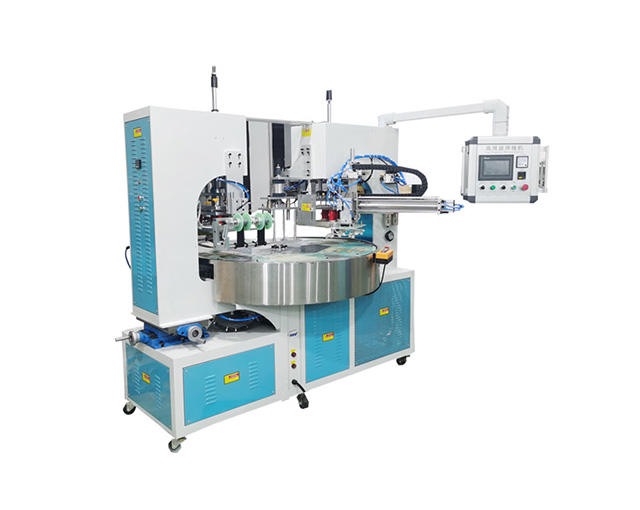Time:2025-09-01 Views:1 source:News

The design of an embossing machine production line is a systematic project that integrates process optimization, equipment layout, and workflow efficiency, aiming to meet the production needs of different materials (such as metal sheets, plastic films, and textile fabrics) while ensuring stable product quality and high production efficiency. This design process requires comprehensive consideration of material characteristics, production capacity, and safety standards, forming a seamless production chain from raw material feeding to finished product collection.
The first core link in the production line design is the determination of the process flow based on the embossing material and product requirements. For example, in a metal sheet embossing production line, the process typically includes raw material uncoiling, leveling, preheating, embossing, cooling, trimming, and winding. In this process, the design needs to match each process with corresponding equipment: the uncoiling process uses a hydraulic uncoiler with an automatic tension control system to ensure the metal sheet is fed stably (the tension range is usually set to 500-1500N, depending on the thickness of the sheet, which is generally 0.3-2mm); the leveling process adopts a multi-roller leveler (with 12-16 rollers) to eliminate the internal stress of the metal sheet and ensure flatness (the flatness error after leveling should be less than 0.1mm/m); the preheating process uses an infrared heater to raise the temperature of the metal sheet to 80-120°C (this temperature range can improve the plasticity of the metal and ensure clear embossing patterns without material cracking). For plastic film embossing, the process is slightly different, requiring an additional film stretching link (using a two-roller stretching machine to control the stretching ratio at 1.2-1.5 times) to enhance the film's toughness before embossing, and a water-cooling system (with a cooling water temperature of 15-25°C) after embossing to quickly shape the pattern.
The second key aspect is the layout design of the production line, which needs to balance space utilization and workflow smoothness. The layout usually adopts a linear arrangement (suitable for long-process production lines with a length of 20-30 meters) or an L-shaped arrangement (for factories with limited width). In the layout, the distance between adjacent equipment should be set reasonably: for example, the distance between the uncoiler and the leveler should be 1.5-2 meters (to facilitate the installation of guide rollers and tension sensors), and the distance between the embossing machine and the cooling system should be 0.8-1 meter (to ensure the embossed material can quickly enter the cooling link without pattern deformation). At the same time, auxiliary areas such as raw material storage (with a capacity of 3-5 days of production to avoid production interruptions due to material shortages) and finished product storage (equipped with automatic stacking machines with a stacking height of up to 3 meters) should be set up near the production line. In addition, safety channels with a width of not less than 1.2 meters must be reserved on both sides of the production line, and emergency stop buttons (response time within 0.5 seconds) should be installed every 5 meters along the line to ensure the safety of operators.
The third important part is the integration of intelligent control systems into the production line. Modern embossing machine production lines are usually equipped with a central control system based on PLC (Programmable Logic Controller) and HMI (Human-Machine Interface). This system can realize real-time monitoring and adjustment of key parameters: for example, the embossing pressure (controlled within 5-20 MPa, depending on the material hardness), the embossing roller speed (synchronized with the feeding speed, generally 5-20 m/min), and the temperature of each heating zone (with a temperature control accuracy of ±2°C). The system also has a data recording function, which can automatically record production data (such as production quantity, defective product rate, and equipment operating time) every 10 minutes and generate daily/weekly production reports. In addition, the system can be connected to the factory's MES (Manufacturing Execution System) to realize remote monitoring of the production line (managers can view the production status through mobile phones or computers) and automatic scheduling of production tasks (according to order requirements, the system can automatically adjust the embossing pattern and production speed without manual intervention).
Read recommendations:
Semi-automatic plastic bag making machine
Button Making Punching Machine
High frequency leather screen printing foil stamping and embossing machine
EVA Plastic Running Track Embossing
PVC embossing machine equipment.How to promote embossing equipment
Complete control over products allows us to ensure our customers receive the best qualityprices and service. We take great pride in everything that we do in our factory.
